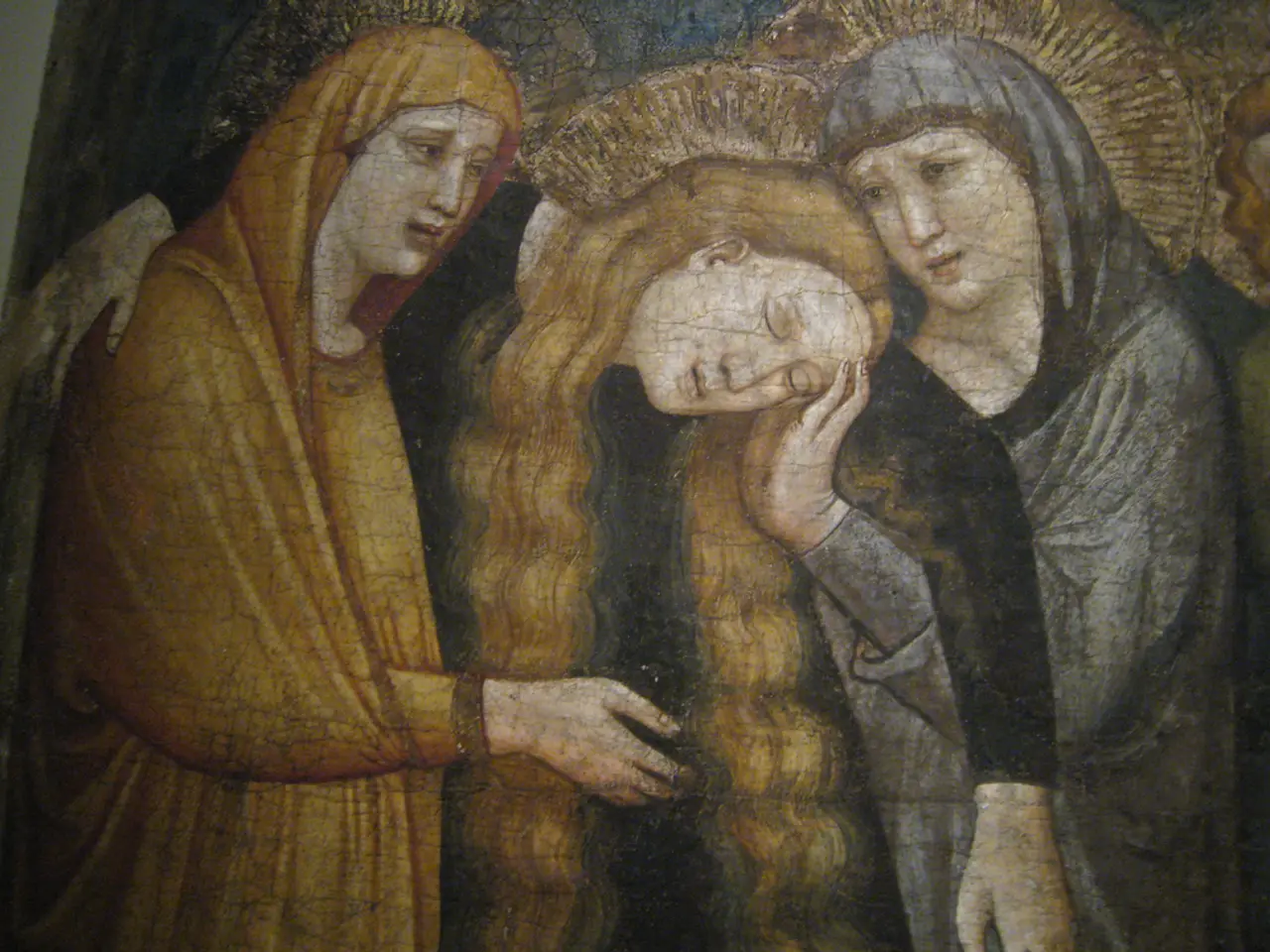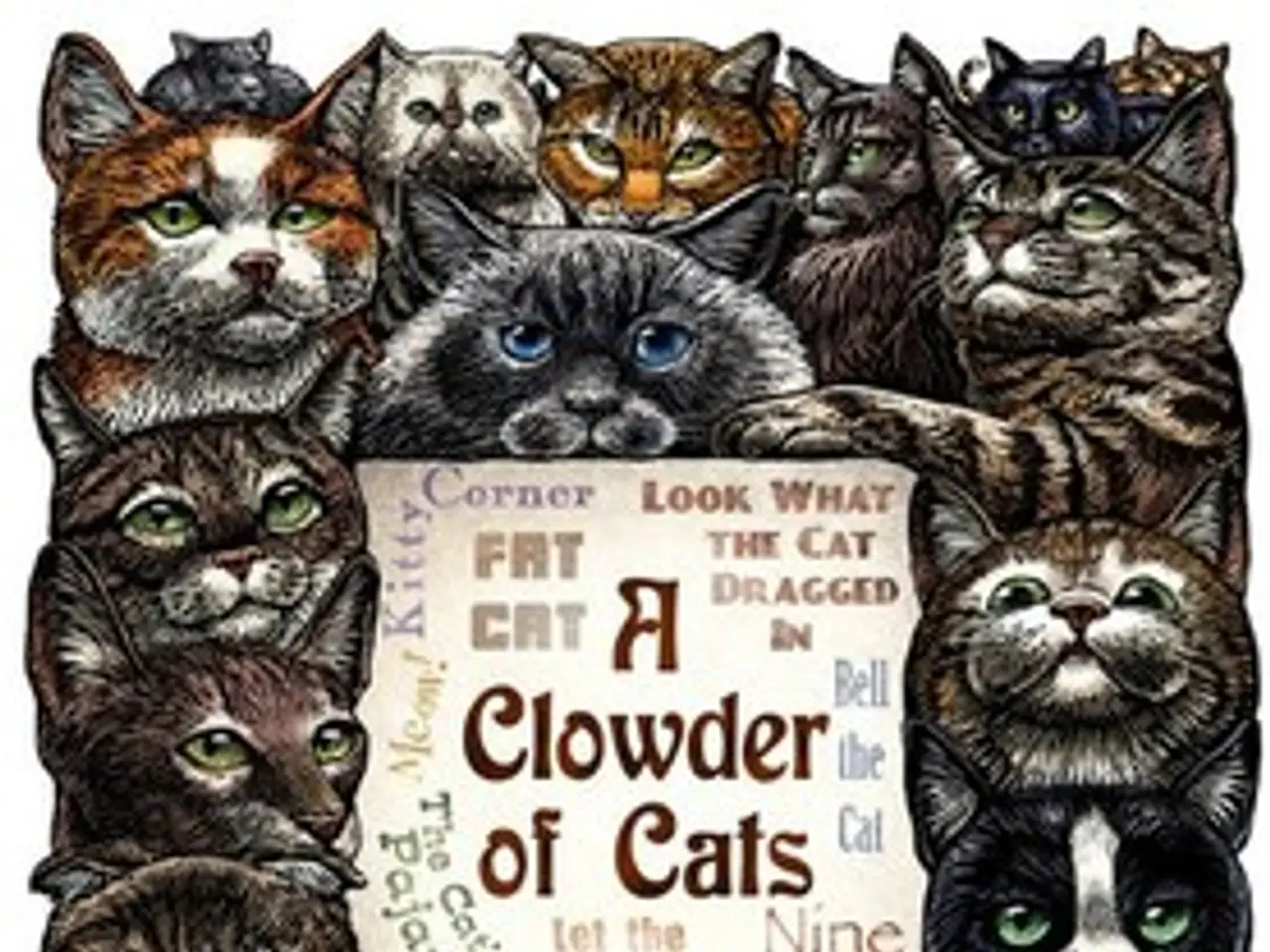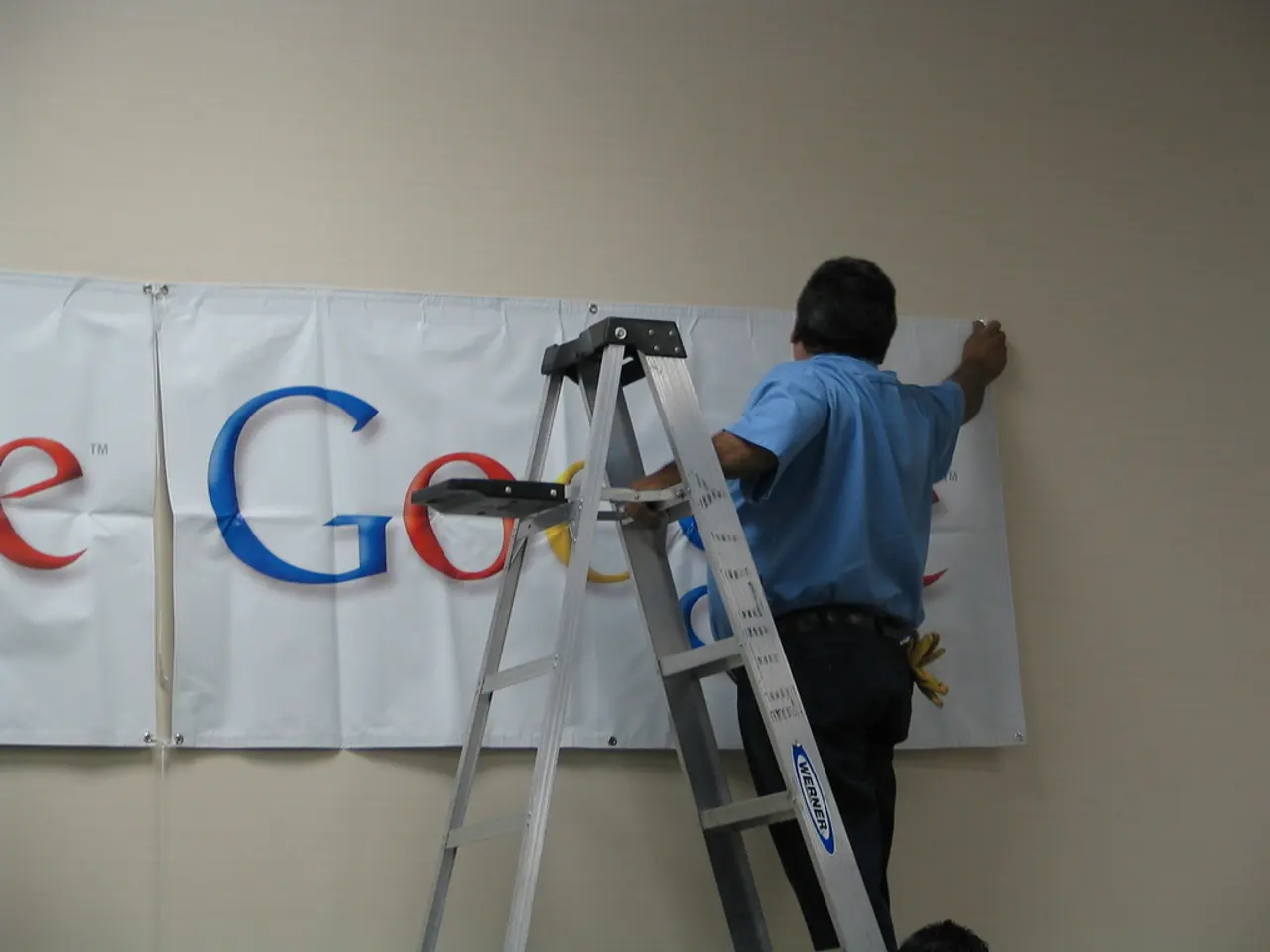Unveiling Perspectives: A Peek into Divergent Perceptions
In a thought-provoking exploration of art, identity, and history, comic artist Luz delves into the world of Otto Mueller's expressionist painting, "Two Female Half-Nudes." This compelling work, created in 1919, holds significant cultural and historical relevance, serving as a muse for Luz's recent comic, "Two Female Nudes."
"Two Female Half-Nudes" was once part of the Nazi traveling exhibition "Degenerate Art," a dark chapter in the history of modern art. Mueller, a key figure in the early 20th-century German expressionist movement associated with the Brücke group, used his work to explore themes of simplicity and primordial human nature, often rejecting idealism for raw emotional presence.
In Luz's comic, the painting functions as a nexus connecting historical events, biographical traumas, and contemporary issues through layered interpretations.
The historical context is evident in the traumatic rupture in history that "Two Female Half-Nudes" embodies. The painting comes from a period when modern art was persecuted by the Nazis as "degenerate." Many of these artworks were confiscated, removed, or destroyed between 1937 and the end of World War II, severely disrupting German cultural heritage and artists’ legacies.
Luz's comic reinterprets this vulnerability symbolically, connecting the silent anguish and fragmentation in Mueller’s work to broader human traumas. The focus on nude female figures can be interpreted as an exploration of identity and trauma, especially given the war and sociopolitical upheavals Mueller witnessed.
Moreover, the comic revisits Mueller’s nude subjects to comment on ongoing societal themes such as the objectification of female bodies, cultural memory, and the act of reclaiming suppressed histories. By referencing Mueller’s painting, the comic draws a line from early 20th-century struggles with censorship and identity to today’s dialogues regarding the female form, artistic freedom, and historical reconciliation.
In a poignant twist, the painting's gaze becomes Luz's own gaze in a later scene, symbolizing the artist's personal connection to the work and its historical significance. Luz, who considers himself as an observer on the sidelines of society, encourages readers of his comic to look out, at the world.
It's worth noting that Luz was not present at Charlie Hebdo, the satirical magazine where he was employed, on the tragic day of January 7, 2015, due to oversleeping. The editorial offices of Charlie Hebdo were stormed by two Islamists who shot twelve people, including five of the magazine's well-known cartoonists. Since then, Luz has been under personal protection.
"Two Female Nudes" is part of Luz's "Trilogy of Resilience," a testament to the enduring power of art and its ability to bridge historical repression, personal traumas, and contemporary critiques. The painting, with its rich history and emotional resonance, remains a living provocation in Luz's graphic narrative.
References: [1] Scholz, J. (2020). Otto Mueller. Taschen. [2] Kaufmann, W. (2019). Expressionism. Thames & Hudson.
The comprehensive exploration of history and identity in Luz's comic, "Two Female Nudes," extends to the painting's original context as a piece targeted as "degenerate" during the Nazi era, which was once part of the infamous traveling exhibit, "Degenerate Art."
Luz's comic also delves into the realm of entertainment and artwork, using "Two Female Half-Nudes" as a bridge between historical repression, personal traumas, and contemporary dialogue, thereby mirroring modern society's ongoing debates on the female form, artistic freedom, and historical reconciliation.







